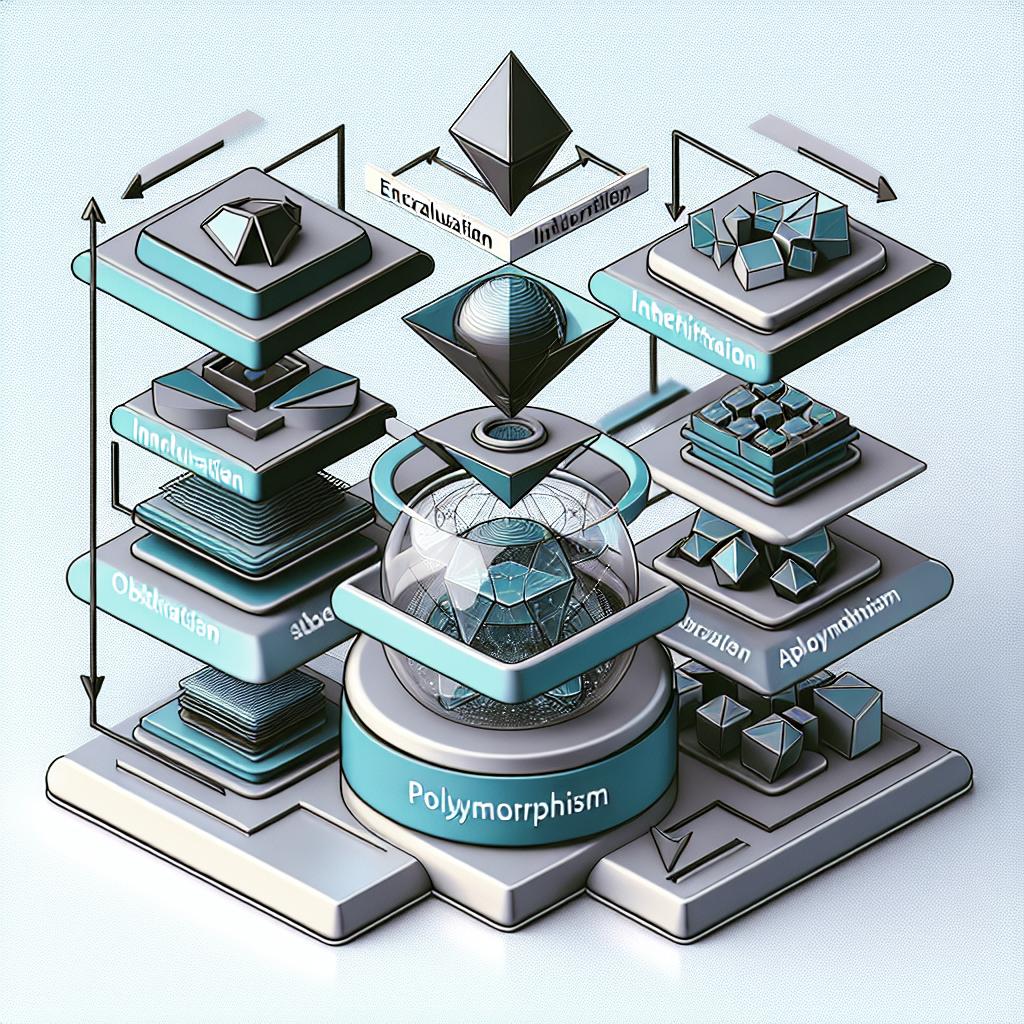“`html
Understanding the Principles of Object-Oriented Programming
Object-Oriented Programming (OOP) is a programming paradigm widely used in software development to create flexible and maintainable applications. It facilitates the organization of code through the use of objects and classes. This blog post delves into the core principles of OOP, providing a clear understanding of concepts such as encapsulation, inheritance, polymorphism, and abstraction. By exploring these fundamental principles, developers can craft robust and efficient software systems. Additionally, we will explore a relevant repository that exemplifies these concepts. Lastly, for readers seeking to learn more, we provide further reading resources to expand your knowledge of OOP.
Repository
Before diving into the theoretical aspects of Object-Oriented Programming, it is useful to look at practical applications of these concepts. One way developers and learners alike can explore the application of OOP is through code repositories on platforms like GitHub.
One such repository is DanielPaulWilkinson/OOPPrinciples , which serves as a comprehensive resource for understanding and experimenting with OOP principles. This repository features a variety of projects that implement OOP concepts, allowing users to see firsthand how these principles come to life in real programming tasks. Engaging with such repositories can offer invaluable insights into best practices and innovative applications of OOP.
DanielPaulWilkinson/OOPPrinciples
OOP Principles Explained
This repository is designed to provide learners with a thorough understanding of OOP through practical examples. It includes well-documented code snippets and projects that showcase different OOP principles, offering users an opportunity to explore and interact with the source code.
The various branches and commits within the repository provide learners with step-by-step guides to implementing object-oriented solutions. Users can contribute to the development of the repository, enabling a collaborative learning environment where knowledge is shared and expanded. By creating an account on GitHub, users can clone the repository, make improvements, propose changes, or simply learn from other contributors’ implementations.
Further Reading
To deepen your understanding of Object-Oriented Programming beyond the basics presented in this post, consider exploring additional resources tailored to different learning styles and levels of expertise.
Books such as “Object-Oriented Analysis and Design” by Grady Booch or “Design Patterns: Elements of Reusable Object-Oriented Software” by Erich Gamma can provide a more detailed look at OOP concepts. Similarly, online courses available on platforms like Coursera, Udemy, or edX can offer structured learning paths with practical coding exercises.
Additionally, following programming blogs, joining OOP discussion forums, and engaging with developer communities on platforms like Stack Overflow can be excellent ways to stay updated on the latest trends, challenges, and innovations in the object-oriented programming world.
Summary of Main Points
| Section | Key Points |
|---|---|
| Repository | Explains the importance of practical examples; highlights the DanielPaulWilkinson/OOPPrinciples repository as a key resource. |
| DanielPaulWilkinson/OOPPrinciples | Focuses on repository details; demonstrates hands-on learning of OOP concepts through code. |
| Further Reading | Suggests books, online courses, and community engagement as ways to enhance understanding of OOP principles. |
“`
